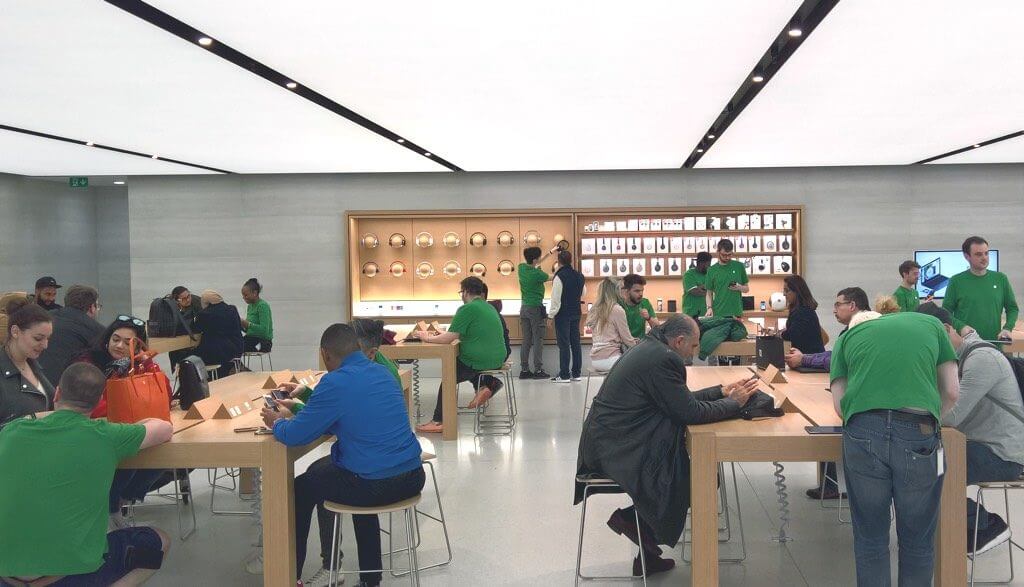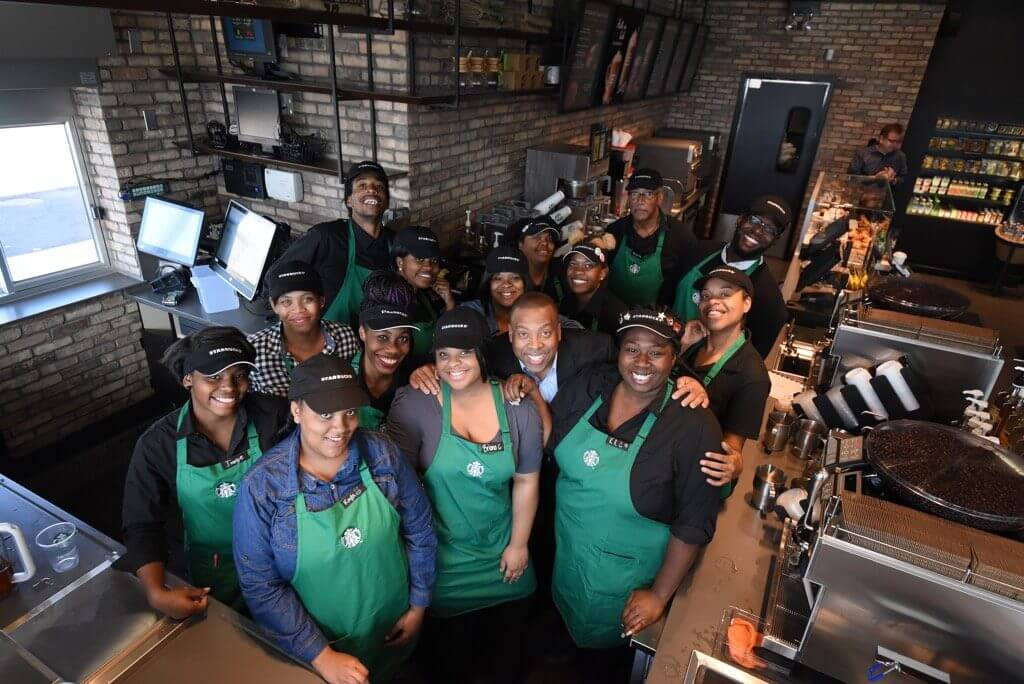Successful brand development relies on getting three key factors right: having a unique selling proposition (USP), working with the right people, and creating simple and lean processes.
The brand development has grown in sophistication, but also in complexity. Every one of the 20 odd years I’ve worked in this industry has made clearer what allows some companies to succeed and what others lack. New distribution channels and fashionable management philosophies notwithstanding, focusing on these three success factors is essential.
A Truly Unique Selling Proposition
The definition and clarity that comes with a truly unique selling proposition should be the basis of every business venture. Razor-sharp positioning, a unique design, and a clearly identifiable style make a brand attractive and immediately recognisable to consumers, staff and retailers alike.
Each and every product that follows has to be a perfect match. Trends are picked up and converted in close conversation with the respective brand DNA. No bending the rules on this point – whatever isn’t a perfect fit for the brand has to be dropped. That’s what many brand developers struggle the most with: to prioritise and to let go.

Apple has developed a truly unique selling proposition (Photo: Julian O’Hayon)
Creating products that function as assets in brand development requires brand intelligence and the clever use of a brand’s core strengths. And such strengths, in turn, are cultivated in internal debates that not only draw on a constructive mindset, but also build upon good results to expand on past successes and create the solid foundation for a successful brand. Speed and agility in implementing change supports brand development success, that should be a given.

LEGO returned from near-bankruptcy by refocusing their USP (Photo: Brand Pilots)
Brand presentation then needs to follow this consistent path: show what’s unique to your brand. Sustained learning and brand development foster a distinctive look and feel for each new season. Finding a healthy balance between the continuity of strictly adhering to a brand’s DNA and brand innovation is a key challenge in this context.
Brand Development With the Right People
Successfully realising and managing the life of a brand relies on finding the right people to work with. The great challenge is striking a balance between skills and expertise on the one hand and personalities that are a good fit for the brand on the other. A selection process led by gut feeling just won’t do.

In-store, online or in the back office, people make brands (Photo: Brand Pilots)
Seeming opposites often turn out to be what makes the selection process so challenging. For a brand I’ve spent many years developing, for instance, top performance and fun were inextricably linked. As a consequence, those striving for professional top performance without giving in to the brand’s fun component found no more success and happiness in their positions than those having (too much) fun to the detriment of good results.

Starbucks is heavily invested in coffee as well as people (Photo: Starbucks)
A brand’s culture and values are unique to every business venture. The clearer and more concisely those values are defined, the easier they are to communicate, live and nurture actively rather than relying on their unwitting propagation. As leadership carries a vital role in this regard, the stakes in finding the right leaders are particularly high.
Simple and Lean Processes
Processes are the third key factor for successful brand development; they represent operative excellence, so to speak. In particular, well-designed lean business processes allow a business venture to work efficiently and effectively while keeping costs low.

(Photo: Alex Kotliarskyi)
State of the art information technology supports these processes and contributes significantly to their continuous development. Digitalisation currently drives innovation across all business areas. Now is therefore the right time to aim for cost reductions by gradually digitalising the whole enterprise.
Avoid comprehensive software customisation wherever possible. Unfortunately, this requires designated process managers who support leadership (the process owners) with any implementation. This is unfortunate because it adds process complexity but comes with the added benefit that all business areas can be included.

Cross channel services bring additional process end tools to store operations (Photo: Brand Pilots)
A beneficial side effect is that creating value for consumers can be prioritised and directly weaved into each and every process. Value-adding tasks can be brought into focus while tasks that don’t add value can be eliminated. Creating a fluid process landscape that always centres the customer is the goal.
The unique selling proposition of a brand and of a business, managed by the right people based on lean, simple and cost-effective processes promises brand development success in the fashion industry and beyond.
About the Author:
Alexander has successfully grown brands for over two decades, until recently as the CEO of Marc O‘Polo. He currently builds on his extensive expertise in strategy, sustainable growth and leadership to coach fashion brands in their focus on the three success factors of brand development. Get in touch with him to discuss this article or your own brand development via LinkedIn.


